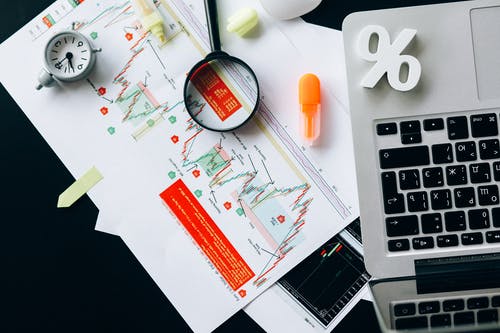Do you know the characteristics of financial liability?
From the word itself, for some persons they already hear a negative connotation, especially for those of us working on improving our current financial situation. However, liability is a broad term and not just a general obligation that you need to pay for someone you owe. In other words we may be thinking a bit narrow about what a liability may be, especially if we want to do something like start a business, or become a freelancer.
When considering liability – be mindful that it is either pertaining to money, goods, or services. Common examples of liabilities are accounts payable to suppliers, as well as loans payable to banks, and other related expenses already incurred but not yet paid.
One major characteristic for a liability to be recognized is the involvement of two parties. For the sake of simplicity – especially since many of us are not accountants, it still helps to have an idea as we work our way to a better financial position. Therefore be minded that a liability could be defined as previous transactions whether it be an event of sale, or exchange. If you want to manage your liability well, you have to distinguish its type. A common classification of liability is current or non-current.
If it is current, it can be paid within twelve months or shorter; otherwise it is called non-current liability. Why is it important to determine? From a personal standpoint, you have to identify which liability should be prioritized. This helps with the budgeting which we spoke about in a previous article.
Afterwards, your source of funds to pay off all liability should be allocated to the loans that you need to pay during a short period of time. In that sense, you will be able to maintain your financial situation through a balanced and sustained direction.
From the perspective of the business management, or operating your own start-up, it is crucial to know this so that you can determine the long-term loans for them to prepare your economic resources and get them available to service the liability over time.
For the majority of growing companies, a higher level of liability is usually reported.
For various projects, liability or loan is a crucial aspect as it can be used for finance related activities. Through this, business transactions across industries can be more efficient as compared to cash only transactions. As, for instance, in most cases, a food supplier sells a basket of fruits to a concessionaire, it does not immediately demand payment when the goods are delivered. Instead, it is charged on account of a specific supplier. Therefore, there should be no delay in delivery and production.

Of course, before doing so, there is a series of discussion and contract signing to determine the terms and conditions. This also helps to build a history and credit relationship especially as you may be purchasing on consignment.
It is important to note that liability is directly related to expense, asset, and the equity in the product or service. Once you incurred expenses, you can choose to pay it through cash or just be liable to your supplier at the moment.
The same way that you are approved for a loan, you can place it as part of the owner’s investment. If you purchased equipment, you can pay it straight or use a credit card. Be mindful the loan repayment now leads to you having a liability until it is paid in full.
